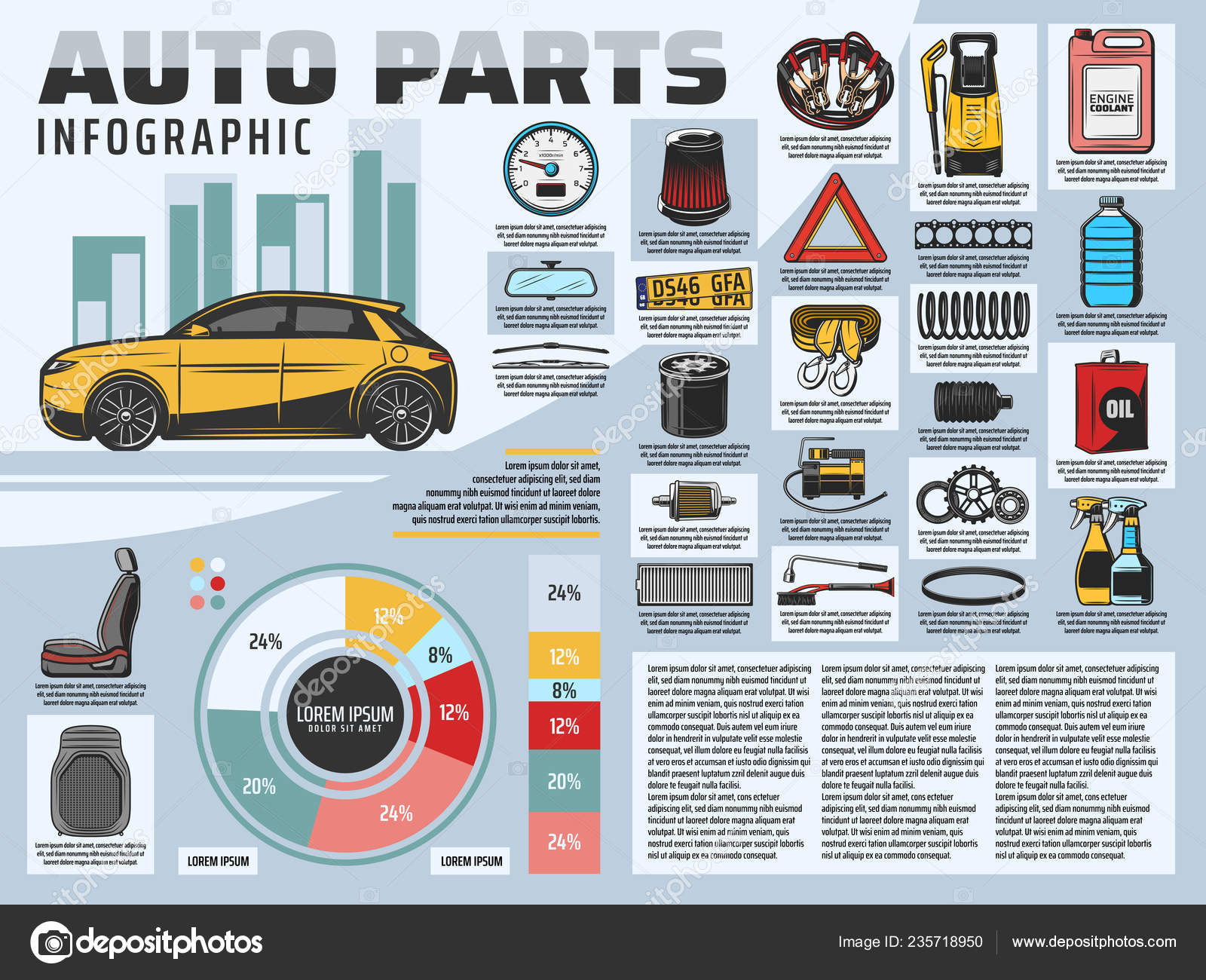Interpreting Your Automobile'S Alert Lighting: Their Real Implications
Interpreting Your Automobile'S Alert Lighting: Their Real Implications
Blog Article
Web Content Written By-Lim Alvarado
When you lag the wheel, those radiant caution lights on your dashboard can be a little bit difficult. Do you recognize what they're trying to inform you concerning your auto's health? Recognizing the relevance of these lights is essential for your safety and security and the long life of your car. So, auto clean detailing following time among those lights pops up, wouldn't you intend to decode its message accurately and take the essential actions to resolve it?
Common Caution Lights and Interpretations
Determine common caution lights in your auto and comprehend their definitions to ensure risk-free driving.
The most common warning lights consist of the check engine light, which signifies problems with the engine or emissions system. If this light comes on, it's vital to have your lorry inspected without delay.
The oil pressure alerting light suggests low oil pressure, needing prompt attention to prevent engine damages.
A flashing battery light could recommend a faulty charging system, potentially leaving you stranded otherwise addressed.
Read More Here tracking system (TPMS) light signals you to reduced tire stress, affecting lorry security and fuel performance. Ignoring this could result in harmful driving problems.
The ABS light suggests a problem with the anti-lock stopping system, compromising your capacity to quit quickly in emergency situations.
Lastly, the coolant temperature alerting light warns of engine getting too hot, which can lead to serious damages if not dealt with quickly.
Understanding these common warning lights will help you address problems promptly and preserve safe driving conditions.
Value of Prompt Interest
Comprehending the common caution lights in your auto is only the primary step; the value of without delay addressing these cautions can not be stressed sufficient to ensure your safety and security when driving.
When a caution light illuminates on your dashboard, it's your car's means of communicating a prospective problem that needs interest. Ignoring these warnings can lead to more serious issues in the future, endangering your safety and possibly costing you extra out of commission.
Motivate attention to alerting lights can protect against malfunctions and crashes. As an example, a blinking check engine light can show a misfire that, if left unattended, might create damages to the catalytic converter. Addressing this without delay can save you from an expensive fixing.
Similarly, a brake system alerting light could indicate low brake fluid or used brake pads, essential elements for your safety and security when driving.
DIY Troubleshooting Tips
If you see a caution light on your dashboard, there are a couple of do it yourself troubleshooting suggestions you can attempt before looking for expert help.
The initial step is to consult your car's manual to comprehend what the specific warning light indicates. In some cases the issue can be as straightforward as a loose gas cap causing the check engine light. Tightening the gas cap might settle the problem.
One more common problem is a low battery, which can cause numerous cautioning lights. Examining the battery connections for deterioration and guaranteeing they're safe and secure may deal with the problem.
If a warning light lingers, you can try resetting it by detaching the automobile's battery for a few minutes and then reconnecting it. In addition, examining your automobile's fluid levels, such as oil, coolant, and brake liquid, can aid repair cautioning lights related to these systems.
Conclusion
To conclude, understanding your cars and truck's warning lights is essential for maintaining your lorry running smoothly and safely. By immediately addressing these notifies and understanding what they mean, you can avoid pricey repair services and prospective break downs.
Bear in mind to consult your automobile's manual for specific details on each cautioning light and do something about it appropriately to make certain a hassle-free driving experience.
Keep educated, stay safe on the road!
